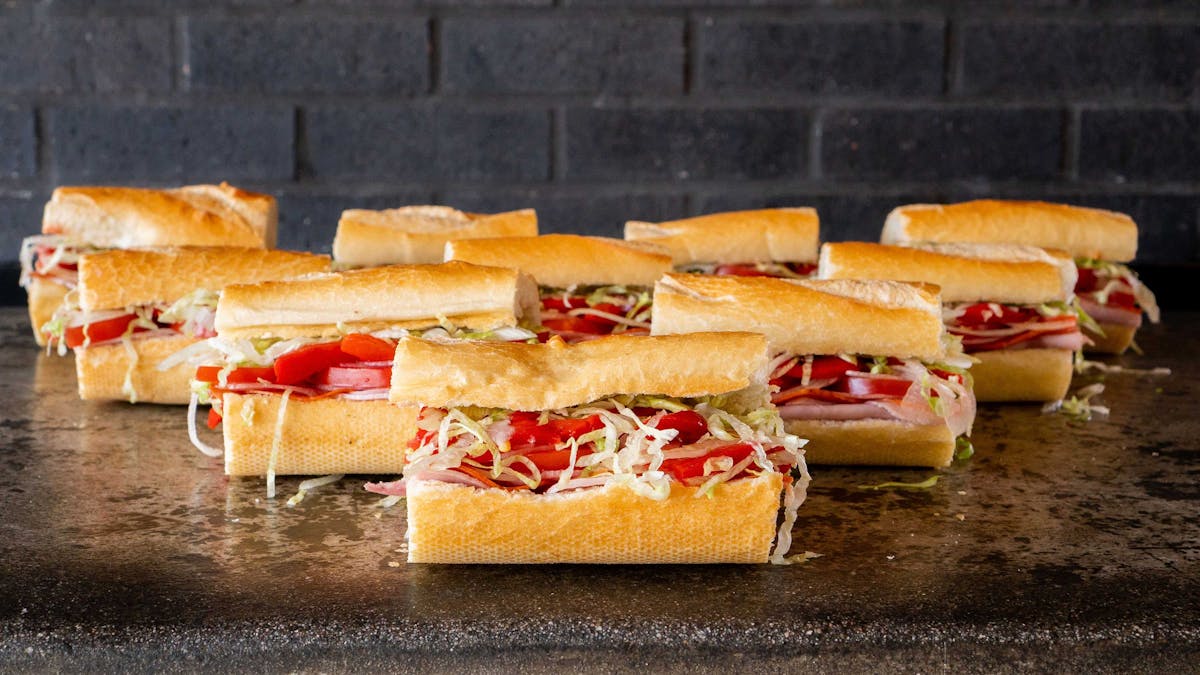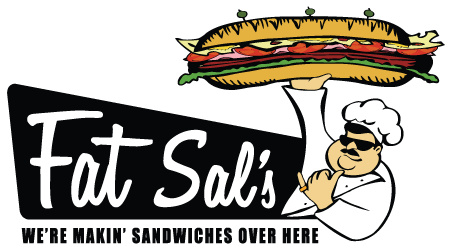Creating the Ultimate DIY Sandwich Bar at Home

Cooking for a group of people is always challenging. How much of the main dish is needed? Is one side okay, or should you make multiple, just in case? For a casual get-together or an at-home party, providing a delicious meal doesn’t always mean you have to cook. Consider this a hosting hack: A DIY sandwich bar.
This option eliminates the stress of spending hours in the kitchen, roasting, chopping, sauteeing, and heavy cleaning. It’s easy to set up, as most items you’ll end up buying are pre-made and ready to use. Plus, it’s endlessly customizable for dietary preferences and picky eaters. You can take inspiration from some of the most iconic sandwiches from around the world, or lay out a vibrant hodgepodge of your favorite ingredients.
How to create the ultimate, low-effort sandwich spread that caters to all
The Base: Bread
The foundation of any sandwich is the bread, so offering a variety ensures everyone can build their ideal bite. Aim for a few different options: something hearty like sourdough or ciabatta, a classic, simple choice like white or whole wheat sandwich bread, or a hoagie roll that can stand up to the heaviest of toppings.
Offer a wrap or pita for those who prefer something lighter, and check to see if any of your guests are gluten-free. For bonus points, add in a fun specialty option, like seasoned bagels, croissants, or pretzel rolls.
Layer on the Proteins
A small selection of proteins ensures that there’s a preferred filling for every guest, and it also provides the option of mixing and matching meat, just like a true delicatessen. Classic deli meat slices like turkey, ham, or roast beef, are a good place to start, and a salty charcuterie meat, like salami, is a crowd-pleaser.
For vegetarians or vegans, grilled tofu, tempeh bacon, or even plant-based deli slices are great options.
Don’t Skimp on the Cheese
Cheese is the element that brings richness and depth, and a sandwich bar isn’t complete without a solid selection. Start with mild cheese slices like mozzarella, provolone, and cheddar; for sharper varieties, go for Swiss or pepper jack slices. Throw in a unique option like brie or blue cheese, and don’t forget a dairy-free cheese or spread for vegan guests.
Are you a fan of hot sandwiches? Pull out the panini press, waffle maker, or skillet in order to be able to make a toasted sandwich with melted cheese.
Pile on the Veggies and Greens
This is where the sandwich bar can get colorful and very diverse. When it comes to vegetables, fresh ones like cucumber, tomato, and bell pepper are always welcome. Don’t forget that roasting or grilling vegetables such as mushrooms, zucchini, or eggplants also bring a new flavor element to the spread.
Something pickled is always a nice touch – red onions soaked in vinegar, pickled jalapeños, or sauerkraut are just a few ideas. Leafy greens are often needed to balance the meat and cheese, and bring some crunchy freshness in between the bread. You’re not limited to just romaine lettuce – arugula, spinach, butterleaf, and herbs such as basil and cilantro work well.
Who doesn’t love a premium topping? Although avocados can get pricey, they can truly make a sandwich go from good to exceptional.
Condiments and Spreads That Go Beyond Mayo
Even a pretty basic sandwich can get upgraded with a flavor-packed condiment. There are too many spreads and condiments to choose from, ranging from creamy to zesty, spicy to earthy. Mayo and mustard are deli classics, but there are plenty of more uncommon options to consider. Pesto and olive tapenade bring a hit of acidity and complexity. Accommodate spice lovers with sriracha or chipotle aioli, or even a spicy mustard.
For spreads, hummus adds extra protein, and there are plenty of flavor varieties in supermarkets aside from just plain. If you normally like mayo, try another creamy spread, like herbed cream cheese or a cashew cheese spread.
How to Set It All Up
Arrange your sandwich bar in a logical flow: start with plates and bread, followed by proteins, cheeses, veggies, and condiments. Don’t underestimate basic staples like olive oil, balsamic vinegar, salt, and pepper for tying a sandwich together.
Consider pre-slicing or roasting everything ahead of time so setup is quick and the line moves fast. Use trays, bowls, and a bread basket for aesthetics, and to keep everything organized, and provide serving utensils and tongs for each selection. If one of your guests has allergies or dietary restrictions, label everything clearly or communicate with them what is safe to eat beforehand.
On a budget? Creating a DIY sandwich bar doesn’t have to be expensive. In fact, it can often be more affordable than your average dinner party; stick with 1-2 options for each part of the sandwich to stay on budget while still providing a generous spread.
The Joy of DIY Dinner Parties
The DIY sandwich bar is more than just a meal — it’s a hands-on experience. Everyone gets exactly what they want, dietary restrictions are easily accommodated, and it’s a stress-free way to feed a group. Plus, cleanup is simple, and leftovers can easily be packed for next-day lunches.
So next time you're looking for an affordable, fun, and low-fuss meal idea, skip the catering or hours spent in the kitchen and instead, build your own sandwich bar.
